- Home
- About Us
- TSPT Academy
- Online Courses
-
Resources
- Newsletter
- Business Minded Sports Physio Podcast
- Day in the Life of a Sports PT
- Residency Corner
-
Special Tests
>
-
Cervical Spine
>
- Alar Ligament Test
- Bakody's Sign
- Cervical Distraction Test
- Cervical Rotation Lateral Flexion Test
- Craniocervical Flexion Test (CCFT)
- Deep Neck Flexor Endurance Test
- Posterior-Anterior Segmental Mobility
- Segmental Mobility
- Sharp-Purser Test
- Spurling's Maneuver
- Transverse Ligament Test
- ULNT - Median
- ULNT - Radial
- ULNT - Ulnar
- Vertebral Artery Test
- Thoracic Spine >
-
Lumbar Spine/Sacroiliac Joint
>
- Active Sit-Up Test
- Alternate Gillet Test
- Crossed Straight Leg Raise Test
- Extensor Endurance Test
- FABER Test
- Fortin's Sign
- Gaenslen Test
- Gillet Test
- Gower's Sign
- Lumbar Quadrant Test
- POSH Test
- Posteroanterior Mobility
- Prone Knee Bend Test
- Prone Instability Test
- Resisted Abduction Test
- Sacral Clearing Test
- Seated Forward Flexion Test
- SIJ Compression/Distraction Test
- Slump Test
- Sphinx Test
- Spine Rotators & Multifidus Test
- Squish Test
- Standing Forward Flexion Test
- Straight Leg Raise Test
- Supine to Long Sit Test
-
Shoulder
>
- Active Compression Test
- Anterior Apprehension
- Biceps Load Test II
- Drop Arm Sign
- External Rotation Lag Sign
- Hawkins-Kennedy Impingement Sign
- Horizontal Adduction Test
- Internal Rotation Lag Sign
- Jobe Test
- Ludington's Test
- Neer Test
- Painful Arc Sign
- Pronated Load Test
- Resisted Supination External Rotation Test
- Speed's Test
- Posterior Apprehension
- Sulcus Sign
- Thoracic Outlet Tests >
- Yergason's Test
- Elbow >
- Wrist/Hand >
- Hip >
- Knee >
- Foot/Ankle >
-
Cervical Spine
>
- I want Financial Freedom
- I want Professional Growth
- I want Clinical Mastery
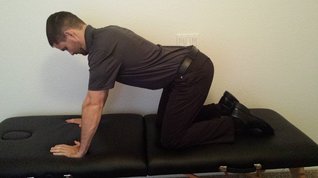 One of the foundations of physical therapy is exercise. We are trained to examine patients, find their impairments, and treat them with manual therapy, exercise, and education. Because of this, some view physical therapists as exercise specialists, which is a topic worthy of debate itself. There are several different schools of thought with exercise, primarily in regards to technique. Some focus on gross, functional movements, while others are very precise with corrections of movement impairment syndromes. Where it often gets difficult is with older, deconditioned patients. Some believe that these patients "just need to get moving." They are weak throughout, so any muscle stimulation is beneficial. It is easy to understand why many fall into this thought process, with less active individuals. Personally, I believe it is essential to correct the form for everyone for several reasons. One, when patients move, they generally choose the path of least resistance, meaning the muscles that are strongest or have preferred activation will be the prime movers. Think of a patient doing squats, but you observe the knees flying past the toes. There could be several mobility, strength, and motor control issues leading to this movement pattern, which leads to increased risk of injury. Second, when compensation occurs, the muscle we think we are targeting ends up not being activated as much as we desire. An example would be a sidelying clamshell where a patient's pelvis rocks backward with each repetition. Finally, it is just plain harder, and thus more effective, for the patient. When we correct the form of an exercise, there is an increased likelihood of targeting the desired muscles to improve the functional deficits. What you may have noticed is that all of the above examples are essentially the same. As physical therapists, we should include corrective techniques with all our patients as all will benefit from them. Even with gross strengthening exercises we can identify preferred muscle activation. With some practicing deadlifts or lifting techniques, we cannot allow excessive motion to come from the lumbar spine. The targeted areas are not reached as effectively and the patient's likelihood of injury increases. It is best that we be "picky" when correcting our patients' technique. -Chris Like this post? For more advanced information, join the Insider Access Page now! Also, check out similar previous posts below:
1 Comment
6/13/2022 03:48:54 am
Thank you so much for the exercise help here that is really trusted. There should be the people who wants the help about exercise with right posture. I’m sure the numerous people able to stay healthy and energetic while doing exercise.
Reply
Leave a Reply. |
Dr. Brian Schwabe's NEW Book in partner with PaleoHacks!
Learn residency-level content on our
Insider Access pages We value quality PT education & CEU's. Click the MedBridge logo below for TSPT savings!Archives
July 2019
Categories
All
|

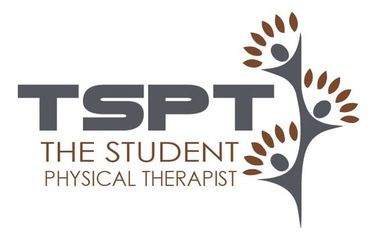
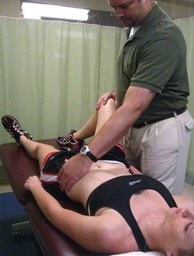
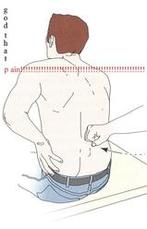
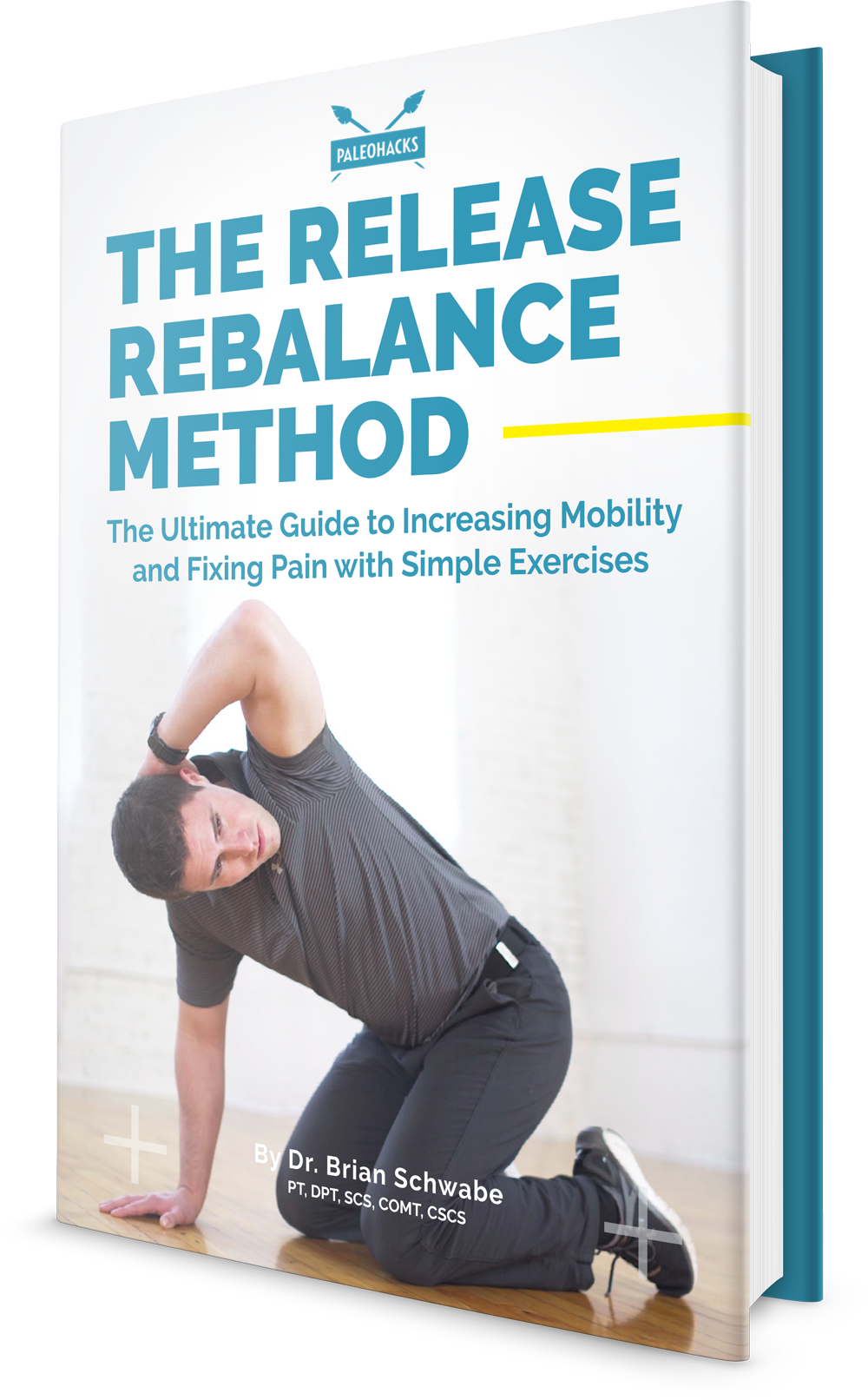



 RSS Feed
RSS Feed